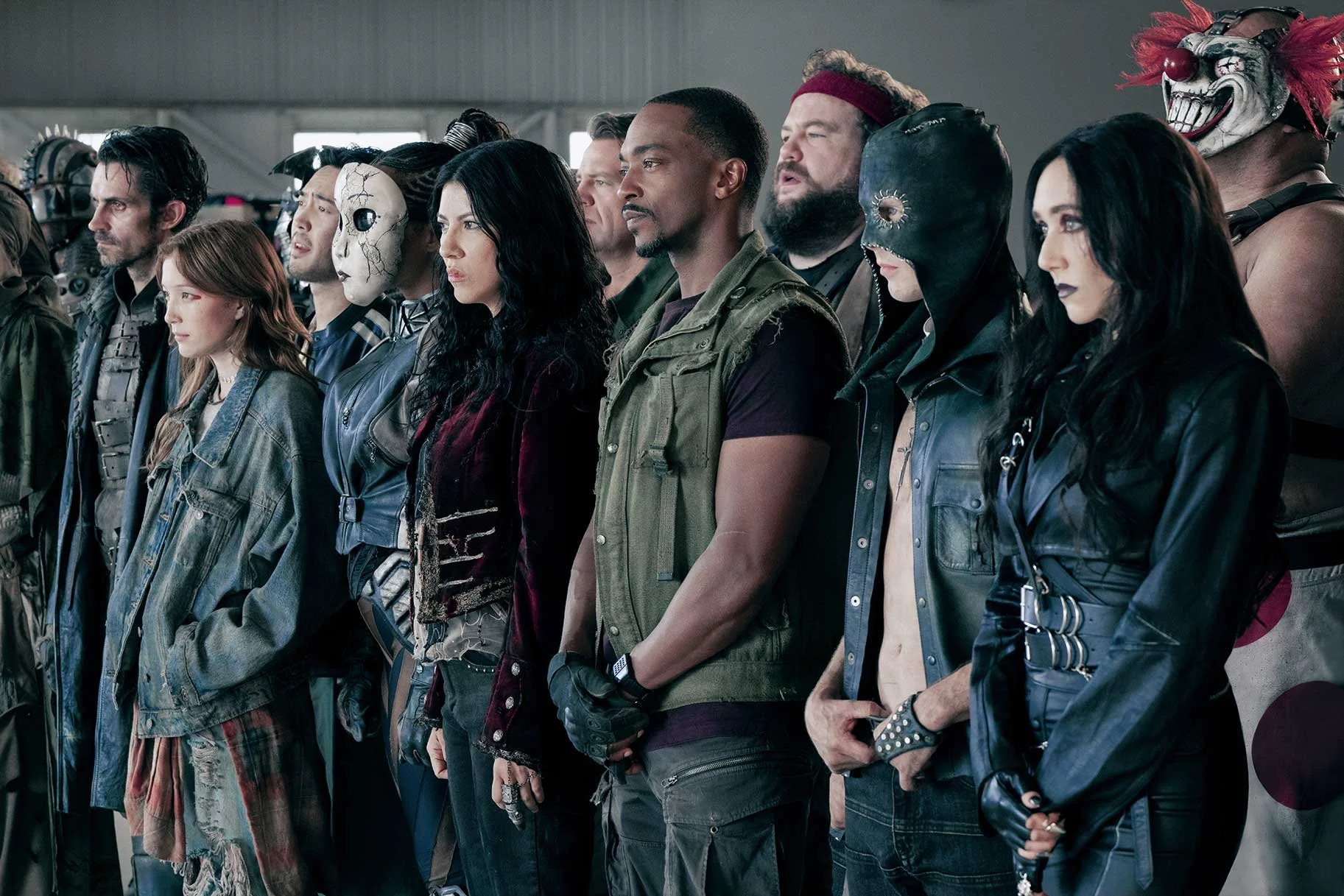Yellowjackets Season 3 Review
Yellowjackets Season 3 takes the survival thriller to new heights, weaving a tapestry of psychological horror, twisted relationships, and shocking reveals that keep viewers on edge. Following the high school women’s soccer team stranded in the Canadian wilderness after a 1996 plane crash, the show continues its dual-timeline narrative, splitting focus between the desperate teens and their haunted adult selves 25 years later. This season, the stakes feel higher than ever, with no character safe and the wilderness’ grip tightening in both timelines.
A Bolder Present-Day Storyline and an Unexpected Return
The present-day timeline in Season 3 emerges as the show’s strongest yet, largely due to the introduction of Melissa, played with chilling nuance by Hilary Swank as the adult “Kelly” and Jenna Burgess as her teenage self. Melissa, once a background “hat girl” in Seasons 1 and 2, steps into the spotlight as a survivor who faked her death post-rescue to escape the Yellowjackets’ toxic legacy. And honestly, her reappearance as Shauna’s (Melanie Lynskey) stalker, sending cryptic tapes and leaving a phone playing “Queen of Hearts,” feels like a natural yet shocking turn of events.
Despite her early claims that she’s a survivor grappling with her past, the truth is far darker—Melissa’s motives are revealed to be rooted in malevolence, not redemption. And, through the brutal showdown in Episode 8, where Shauna bites off a piece of Melissa’s arm and forces her to eat it, the series exposes Shauna’s feral descent while revealing Melissa’s twisted delight in pushing her to the edge. This arc captivates with its raw intensity, proving the writers’ mastery at blending chilling mystery with character-driven chaos that keeps you hooked. So, when she inevitably returns for Season 4, we’re expecting a total bloodbath.
No One Is Safe: Sky-High Stakes and Devastating Losses
Season 3’s unrelenting sense that no one is safe amplifies its tension to nerve-shredding levels. The showrunners promised this would be the most fatal season yet, and they deliver with shocking deaths that reshape both timelines. In the present, Van’s (Lauren Ambrose) fatal stabbing in Episode 9 and Lottie’s (Simone Kessell) murder—later revealed to be Callie’s doing—catch viewers off guard, underscoring the fragility of even core survivors.
In the past, the deaths of newcomers like Hannah (Ashley Sutton) and Kodiak (Joel McHale), alongside the ritualistic killing of Mari (Alexa Barajas) in the finale, confirm the wilderness’ brutal toll. These losses, paired with the constant threat of betrayal—Shauna’s paranoia and power grabs in both timelines—create a suffocating atmosphere where every choice feels like a gamble. This high-stakes approach keeps the narrative unpredictable, ensuring that each episode feels like a tightrope walk over a pit of spikes.
Coach Ben's Darkest Moments: A Painful Mirror to Survival's Cost
Coach Ben (Steven Krueger) gets some of the series’ darkest moments, serving as a tragic lens into the survivors’ moral decay. Already crippled from the plane crash, Ben’s arc in Season 3 is a brutal study in desperation and dehumanization. In Episode 5, teen Shauna manipulates Melissa into stabbing Ben’s remaining foot, ensuring he can’t escape the group’s control—a decision that’s both strategic and sadistic. Later, his mercy killing by Natalie (Sophie Thatcher) and subsequent consumption by the group mark a low point, reflecting the unfathomable actions the Yellowjackets take to survive.
These scenes are painful to watch but crucial, illustrating how the wilderness strips away humanity, leaving scars that echo in the adult survivors’ fractured lives. Ben’s descent from authority figure to victim underscores the damage inflicted on everyone, making his arc a haunting centerpiece of the season.
Callie's Slow-Burn Reveal: A Three-Season Payoff
The storyline involving Shauna’s daughter, Callie (Sarah Desjardins), is a masterclass in slow-burn storytelling, building across three seasons to a jaw-dropping reveal. Callie’s arc in Season 3 sees her drawn deeper into her mother’s dark past, culminating in the shocking discovery that she’s Lottie’s killer. This twist, unveiled in the finale, “Full Circle,” recontextualizes her strained relationship with Shauna, who has always kept her at arm’s length due to her own guilt and fear of loss after her baby’s death in the wilderness.
Callie’s growing awareness of Shauna’s crimes—murder, cannibalism, and now her feral attack on Melissa—creates a rift that peaks when Jeff and Callie abandon Shauna, leaving her alone in their messy home. This payoff feels earned, as the show has carefully planted seeds of Callie’s distrust and moral conflict since Season 1, making her transformation into a killer both tragic and inevitable.
A Seasonal Transition and a Hopeful Cliffhanger
The shift from winter to summer in the wilderness timeline is a welcome change, trading snowbound despair for a humid, claustrophobic tension. However, the transition feels abrupt in early episodes, with the sudden warmth and greenery clashing with the established bleakness, making the first two episodes feel slightly disjointed. Despite this, the season finds its footing, and the finale, “Full Circle,” delivers a grim yet masterful twist.
Natalie’s heroic act of using a satellite phone to call for rescue, paired with Shauna’s coronation as the Antler Queen, sets up a potential escape that catches viewers off guard. This glimmer of hope, contrasted with Shauna’s embrace of her “warrior” self, leaves us eager to see how the younger group navigates their return to civilization—if they make it. The ending’s blend of despair and possibility is a bold move, setting the stage for a potential Season 4 that could explore reintegration’s challenges.
Score: 8.5/10
Yellowjackets Season 3 is a fearless plunge into darkness, balancing high stakes, devastating character arcs, and a reinvigorated present-day storyline—proving that the series remains a cultural juggernaut.







